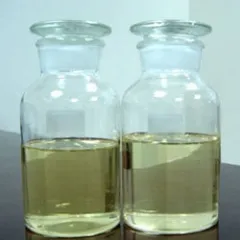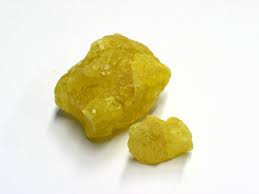**The Tiny Lung Heroes: Which Cells Craft Surfactant?**
(What Type Of Alveolar Cells Produce Surfactant)
Imagine your lungs as millions of tiny balloons. Each time you breathe, these balloons inflate and deflate. But if real balloons were this small, they’d stick together or collapse. So how do your lungs avoid this? The answer lies in a slippery substance called surfactant. Let’s dive into the world of alveolar cells and uncover which ones make this lifesaving material.
Surfactant acts like soap for your lungs. It coats the insides of the alveoli—those tiny air sacs where oxygen enters the blood. Without surfactant, the walls of these sacs would stick together every time you exhaled. Re-inflating them would take way more effort. Breathing would feel like blowing up a thousand stubborn balloons at once.
Now, not all lung cells can make surfactant. The job belongs to a special group called Type II alveolar cells. These cells are scattered among the flatter, more common Type I cells that form the walls of the alveoli. Type II cells might look less flashy, but they’re the unsung heroes here. They work like tiny factories, pumping out surfactant nonstop.
Type II cells have a unique structure. Under a microscope, they look plump and round, packed with structures called lamellar bodies. These bodies store surfactant before it’s released. Think of them as warehouses holding the ingredients for a magic potion. When the alveoli need a fresh coat of surfactant, Type II cells squeeze these lamellar bodies out. The bodies break open, spreading the surfactant like butter on toast.
Surfactant itself is a mix of fats and proteins. The fats, mostly phospholipids, are the key players. They lower the surface tension inside the alveoli. Proteins help spread the fats evenly. Together, they make sure the air sacs stay open with minimal effort. Every breath you take owes a lot to this oily film.
But why do only Type II cells handle this job? The answer is efficiency. Type I cells are too thin and stretched out. They’re designed for gas exchange, not production. Type II cells, though, have the machinery needed to make and store surfactant. They also multitask—when alveoli get damaged, Type II cells can divide to create new Type I cells. Talk about a backup plan!
Babies in the womb show why surfactant matters. Before birth, a fetus doesn’t use its lungs. Surfactant production kicks in late in pregnancy. Babies born too early often struggle to breathe because their Type II cells haven’t started making enough surfactant. This condition, called respiratory distress syndrome, used to be a major problem. Now doctors give premature babies artificial surfactant to buy time until their own cells catch up.
Scientists first discovered surfactant’s role in the 1950s. Before that, no one knew why preemies had such trouble breathing. The discovery led to lifesaving treatments and a Nobel Prize. Today, researchers still study Type II cells to improve lung therapies. These cells might even hold clues for treating diseases like COPD or fibrosis.
(What Type Of Alveolar Cells Produce Surfactant)
So next time you take a breath, remember the Type II alveolar cells. They’re quietly working behind the scenes, making sure your lungs stay bouncy and efficient. Their surfactant keeps those microscopic balloons from collapsing, letting you breathe easy without a second thought.
Inquiry us
if you want to want to know more, please feel free to contact us. (nanotrun@yahoo.com)




